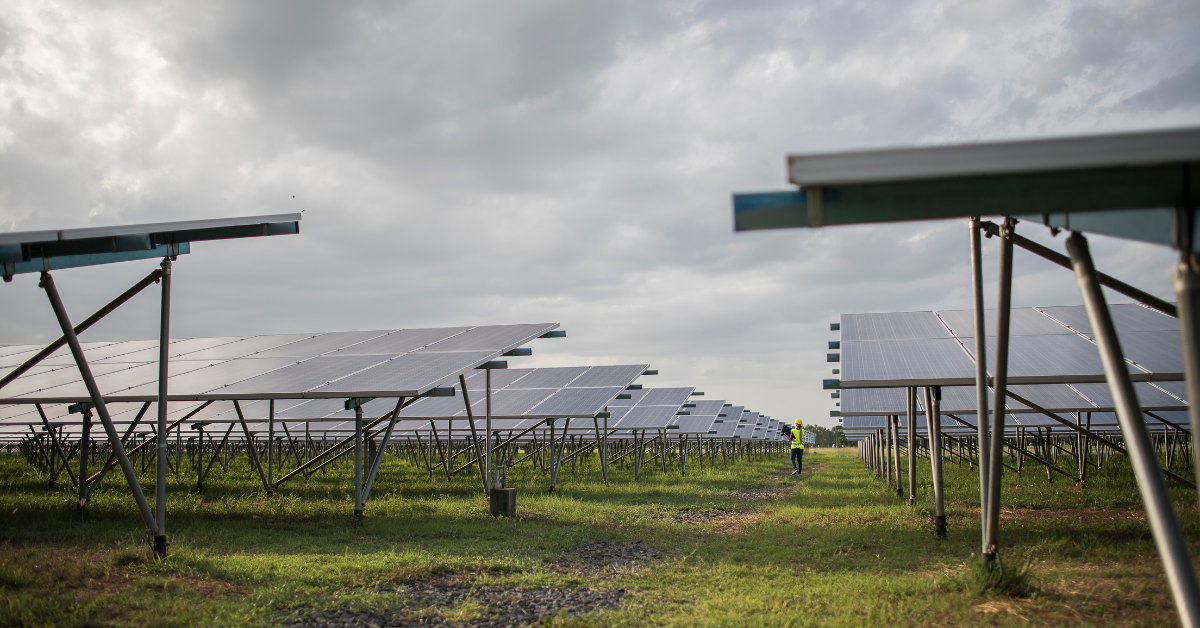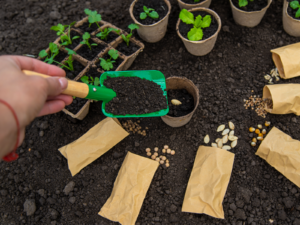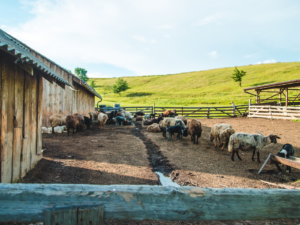By 2021, frequent power outages in Lebanon provoked by a fuel shortage have slipped into every element of life: near-empty bakeries, hospitals driven to a crisis point, and family businesses struggling to endure. The World Health Organization, alongside leading experts in the country, formed food safety storage tips for power outages in homes.
The fuel crisis and the rise of fuel costs in foreign currency also impacted agriculture and agrifood value chain actors at various levels. Machinery operations in field crops ceased or reduced drastically, and fuel cost has restrained new production planning. Factories shut down around the country for lack of energy to operate. Transportation costs have increased drastically, and in several cases, transportation of products was suspended or postponed for deficiency of fuel, leading to extreme losses in fresh products. Refrigerated transportation and storage is yet another primary sub-sector that is highly crucial for product quality, trade, and human health, which was harshly affected. Cold storages across the country are already low in number and space than the actual needs, and only part of them could perform in 2021, leading to a large proportion of production going to waste. Fuel shortage also affected water pumping as most wells and springs depend on fuel-based generators.
Local bodies and organizations raised concerns about the high threat this posed on the continuity of the agrifood sector, the livelihoods of farmers and producers, and the already fragile food security of the country that has quickly fallen into poverty.
Energy Efficiency in the Agrifood Sector
Reducing the cost of energy and searching for alternatives are indispensable to any attempt to save the agrifood sector.
Changes in energy efficiency are often challenging to demonstrate because they rely on the technical implementation of the energy used, the volume of energy transformations, climate conditions (heating and cooling requirements), and the design of each economic sector that uses energy.
Yet, water, energy, and food security are interconnected and directly affect human health and well-being.
Energy use in agriculture varies across agricultural procedures by crop or livestock sort, size of operation, and geographic location. Energy use changes over time, counting on weather conditions, fuel price changes, and total annual crop and livestock production changes. Direct energy, primarily refined petroleum derivatives, is used on farms for planting and harvesting, fertilizer and pesticide application, and transportation. Land preparation, tillage, post-harvest storage of harvested crops, and pre-processing activities (e.g., drying) requires natural energy. As energy prices continue to rise, especially during an era of unstable international politics, farmers must decrease electricity and fossil fuel use on the farm to lower production costs.
Programme Policy Officer at World Food Programme, Jawad Bou Ghanem, states that a considerable percentage of agrifood production cost is the cost of energy. Bou Ghanem observes that our only solution today is to go for renewable energy, adding that “we will be targeting two goals, first decreasing the production cost, which helps the producer to enter the market again with challenging prices, and on the other side, we will be supporting nature by decreasing the amount of fossil fuel usage and, by that, reducing the amount of carbon in the air.” Bou Ghanem adds that the producer needs help to handle the high cost of fossil fuel, especially since the energy cost is in fresh US dollars.
Alternatively, the cost of electricity from solar PV and wind decreased by 82 percent and 40 percent, respectively, between 2010 and 2019. (IRENA 2020).
The Shift to Renewable Energy
A lack of cold storage structures in developing countries makes rural residents more vulnerable to climate shocks and results in higher incidences of food losses. Saad Macaron, Business Development Manager of Green Essence, a leading company that supplies innovative renewable energy solutions, explains that in a night, and due to severe energy outrage, the company shifted from searching for renewable energy consumers to suddenly attracting the majority. He explains that the transition to renewable energy happened suddenly without strategic planning, whereas in developed countries, nationwide strategies and regulations are set by the government. The abrupt transition process could have been smoother, yet Green Essence had to adapt. The company aims to provide solutions that help institutions decrease the cost of energy consumption through renewable energy. Inside his own company, Macaron switched to high-efficiency lamps, used a heat pump rather than burning diesel, and even changed the cars into electrical ones that charge through the company’s solar units. “Our energy bill inside the company is zero dollars,” he adds. Macaron explains that the company stopped paying electricity bills for too long and uses that example to show the customers that reaching this energy cost reduction is achievable.
The Energy Costs of Agrifood Production
Climate change effects are intense and will strengthen in the decades ahead. These effects will have direct and indirect consequences for agrifood systems worldwide. Ecosystem-based adaptation provides some optimism but will require much attention to the enabling requirements for adaptation action and the social-ecological context. Implementing and scaling up diverse on-farm options is crucial, and it is essential to foster an enabling environment. Planning for this process requires policy and institutional change, intersectoral action, coordination across levels, mobilizing youth, empowering stakeholders through community-based approaches and capacity building, advancing climate information and extension services, and implementing social protection schemes. Only coordinated and ambitious action on many fronts will bring the needed transformation that has to happen in agrifood systems.
Transforming food systems and improving food security depends on the more general use of current forms of energy in agrifood systems. However, the unfettered use of fossil fuels to meet growing energy needs for electricity, heating, cooling, and transport in the agrifood sector is not an option for several reasons. First, food prices are vulnerable to sudden changes in fossil fuel supply and price. With the growing energy intensity of agriculture, rising energy prices translate into higher production, processing, and transport costs, which could mean higher costs for consumers.
When thinking about food, people don’t usually consider the energy it takes to produce it. Agri-production and agriculture require about 30% of the world’s energy production – primarily fossil fuels, according to IRENA. The same source indicates that the total greenhouse gas emissions from agrifood systems and energy compose about a third. The stakes are high in transitioning agrifood systems to renewable energy, but shall the producers go for a decentralized solution, or should this matter be decoded on a governmental level?
The Food System Challenge
The Food System Challenge is implemented by the World Food Programme (WFP) and Berytech through support from the German Federal Ministry of Economic Cooperation and Development (BMZ).
The program’s main outcomes are enhanced food security, a well-functioning local food system, enhanced efficiency and resilience of cooperatives and SMEs working across different streams of the food systems, and increased employment opportunities, especially for women and vulnerable individuals.










